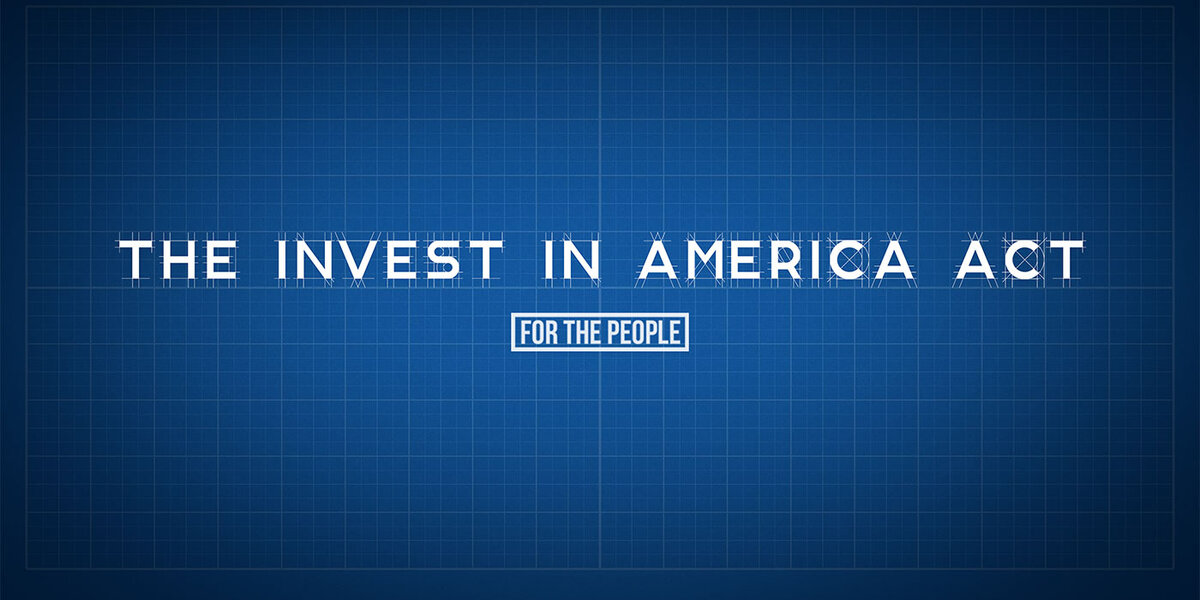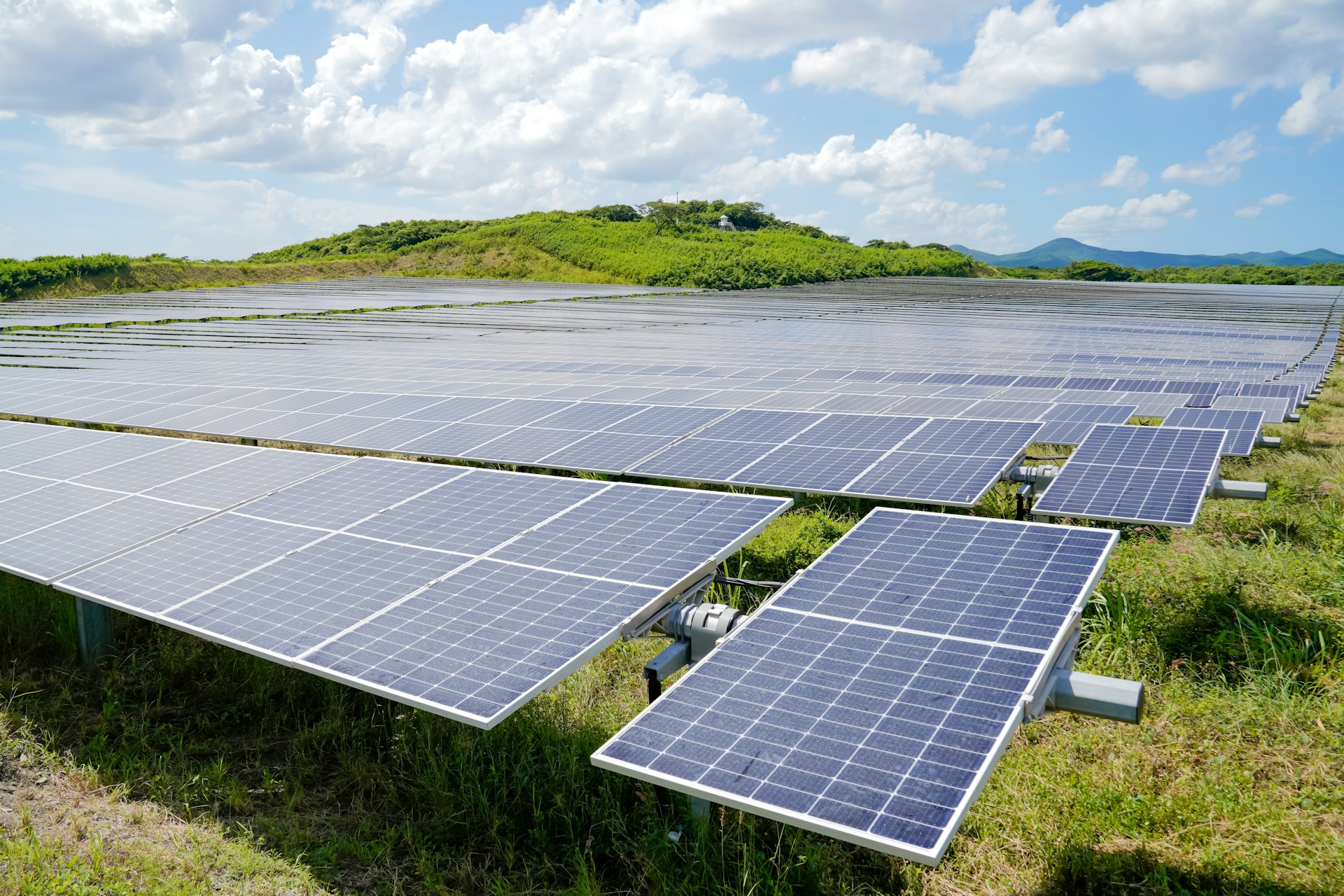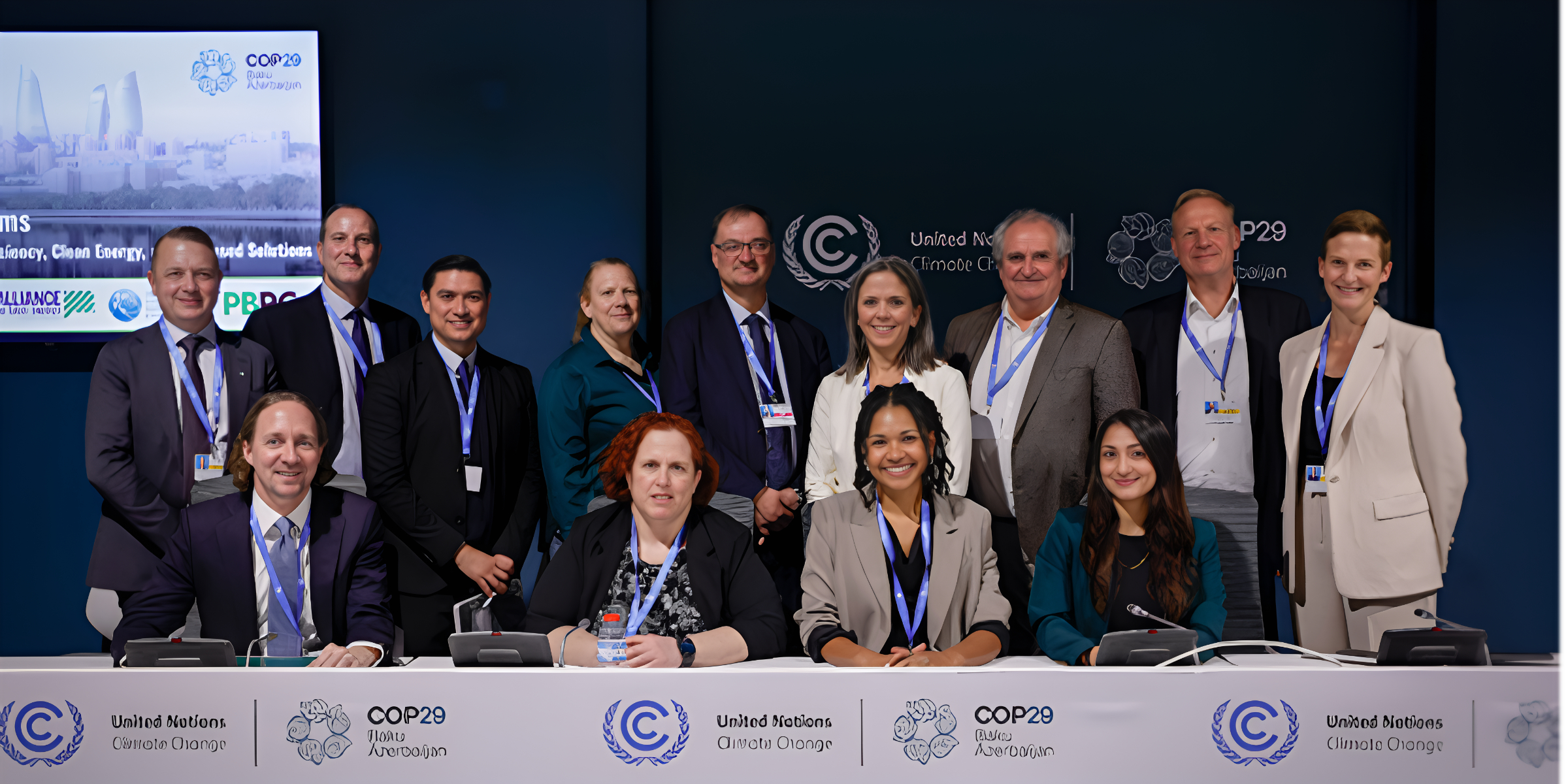House Transportation and Infrastructure Committee Understands the Value of R&D
Let's Save Energy
Alliance to Save Energy's Blog
House Transportation and Infrastructure Committee Understands the Value of R&D

Politicians don’t typically campaign on promises of increasing research and development (R&D) and innovation in the transportation sector. R&D is often viewed as esoteric, with impacts felt years down the road without the ribbon-cutting ceremonies that come with paying for roads, bridges, and public transit networks.
But make no mistake: While investments in R&D don’t have the political advantage of being ‘shovel ready,’ they are a critical component of our nation’s overall transportation strategy. Behind the scenes, R&D helps increase the efficiency of the transportation sector by bringing game-changing technologies to scale and by studying the policy and behavioral variables that contribute to things like traffic congestion, the use of mass transit, and more efficient shipping methods. As just one example, the cost of electric vehicles has plummeted in recent years as a result of rigorous R&D on lithium-ion batteries.
With transportation now the second largest expense for American households, it has never been more important to make these investments. Meanwhile, the sector is being upended by a confluence of new technologies, business models, and other innovations – all of which could present us with an unprecedented opportunity to optimize and dramatically reduce our transportation energy use (and by extension, transportation costs). We’ve reached this time of innovation thanks to the R&D that came before, but with this new frontier comes a new set of challenges. Will these modern technologies and capabilities move us toward our transportation energy goals, or cause energy use to spike? Will they deliver even benefits across society, or result in cost increases for some groups? How will they impact the resilience, sustainability, and climate emissions of the energy sector? Some of these questions can be resolved with additional advances in technology – and R&D is how we get there.
Given all that’s at stake, it is crucial that the next major transportation infrastructure legislation secures robust funding for R&D and innovation. So it was refreshing to see that the Investing in a New Vision for the Environment and Surface Transportation in America (INVEST in America) Act – introduced last week by House Transportation and Infrastructure Committee Chairman Peter DeFazio (D-Ore.) – would more than double funding for innovation and R&D in surface transportation.
The bill would authorize $2.2 billion in appropriations for research programs from FY22 to FY25 (Sec. 5001). Many of the proposed programs included under the innovation title directly align with recommendations developed by the 50x50 Commission on Transportation Sector Efficiency – a group of public and private stakeholders that worked from 2017 to 2019 to articulate a vision to reduce our nation’s transportation energy use by 50% by 2050.
For example, the INVEST in America Act would create the Highly Automated Vehicle and Mobility Innovation Clearinghouse program to study the impacts of automated vehicles. Automated vehicles have long been a blind spot requiring more study: Research suggests automation’s energy impacts could range from energy savings of 60% to energy increases of 300% depending on a number of behavioral and regulatory factors. While automated vehicles probably won’t be commercially deployed for another decade, it is imperative we begin studying their impacts now.
We’re also experiencing a transformation in personal mobility thanks to mobility on demand (MoD) services – an umbrella term used to refer to the technology-driven solutions that enable individuals to use different transportation modes that best serve their needs and circumstances. These services could make travel more flexible and convenient, but without coordination with existing transit networks, they risk further increasing congestion. The proposed Clearinghouse program would study how to seamlessly integrate MoD with transit by exploring partnerships and new business models, and investigating enabling technical capabilities and incentives for traveler choices.
The bill would also reestablish the national cooperative freight research program (which was authorized from 2005-2012), an industry-driven, applied research program that develops technological solutions to improve the efficiency and reliability of our nation’s freight transportation system. This investment is badly needed: our freight infrastructure and practices have not been able to keep up with increased demand due to the explosion of e-commerce. This negligence has resulted in costly losses to businesses and consumers to the tune of $1.64 trillion in 2018.
As Congress spends the summer in conference negotiations, the Alliance and its 50x50 Action Network – a group of stakeholders committed to advocating for policies that will advance the 50x50 Commission’s vision – are hopeful that the final infrastructure package will include some of the R&D and innovation provisions detailed in the INVEST in America Act.
Learn more about the Alliance and the 50x50 Action Network’s transportation priorities here.
RECENT BLOG POSTS
STAY EMPOWERED
Help the Alliance advocate for policies to use energy more efficiently – supporting job creation, reduced emissions, and lower costs. Contact your member of Congress.
Energy efficiency is smart, nonpartisan, and practical. So are we. Our strength comes from an unparalleled group of Alliance Associates working collaboratively under the Alliance umbrella to pave the way for energy efficiency gains.
The power of efficiency is in your hands. Supporting the Alliance means supporting a vision for using energy more productively to achieve economic growth, a cleaner environment, and greater energy security, affordability, and reliability.



